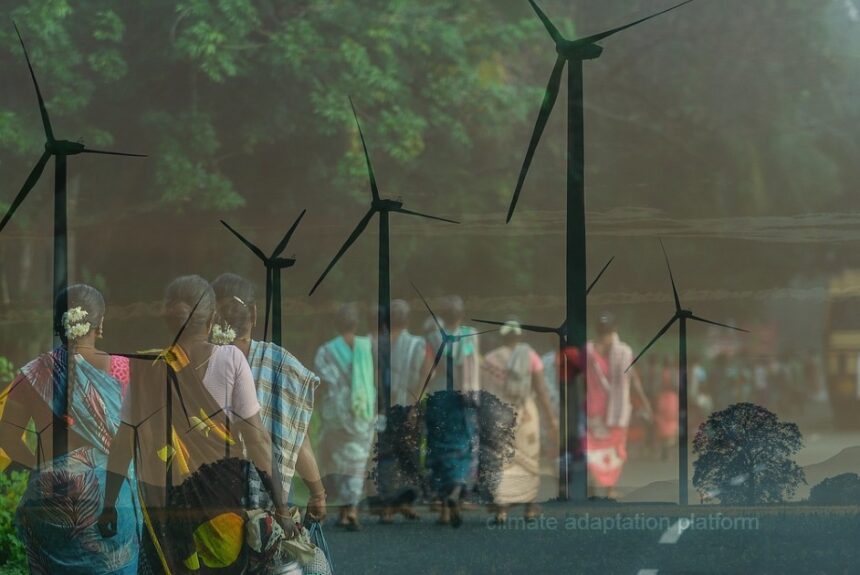Despite the massive challenges it faces with COVID-19, India has the world’s fourth-largest wind power generation capacity, with an estimated wind power potential of 302 GW at 100 meters above ground level.
The Mint article reports that India’s potential has attracted the world’s most considerable sovereign wealth funds and private equity investors.
Slowing wind speed trends
India’s monsoon season between June and September typically brings wind speeds ranging between 23 and 29 kilometres per hour, which fuels its wind turbines to generate electricity. Two-thirds of its total wind energy is also generated during the monsoon season.
However, the 2020 season showed the slowest wind on record, with an average wind speed of between 20 and 27 kph, and the lowest in 100 years, according to Praveer Sinha of Tata Power Ltd.
According to the article, slow winds have reduced windmill efficiency, measured in capacity utilization factor (CUF), from 20% in the previous couple of years to 17% at the end of the financial year in March 2021.
Climate change and wind speeds
Climate change is altering wind patterns, and they hope last year’s slow winds will not become a trend, as they can affect India’s transition to renewable energy.
According to Madhya Pradesh, chief meteorologist at a weather forecasting company, climate change affects low wind speed. He says the intense heatwaves in May and June over central India are causing fast wind speeds, but they did not experience it last year. Pradesh is concerned that this year’s low temperature could be a repeat of last year’s phenomenon.
Wind energy is crucial to achieving India’s low-carbon goals. Still, the recent issue of wind availability could challenge its renewable energy targets if the trend continues.
According to the article, India pledged at the 2015 Paris Agreement that by 2030, 40% of its installed power will come from solar, wind, biomass, and hydropower, a 35% reduction in carbon.
As part of the plan, the government targets building 175 gigawatts of renewable energy capacity by 2022, including 60GW of wind power. At the end of March 2021, its wind energy capacity had reached 38.78GW.
Building more wind capacity, spreading out the risk
Plans to “de-risk” the wind energy sector are already in motion as recent trends in low-wind experience are being observed.
Malcolm Wrigley of CLP India says the key is to focus on wind projects that consider a broader long-term wind forecasting and not just the low-wind experience of a single outlier year”.
According to Malcolm, the strategy is to follow a portfolio approach to wind assets: “Wind will vary from site to site and year to year, and the only way to mitigate this risk is to own a portfolio across the country.”
To read the entire article, click the link below.
Source:
Bhaskar, U. (2021, May 16). How climate change is slowing the hum of India’s windmills. Mint. Retrieved from https://www.livemint.com/industry/energy/how-fickle-winds-hit-india-s-energy-dreams-11620659639657.html



Leave a Reply